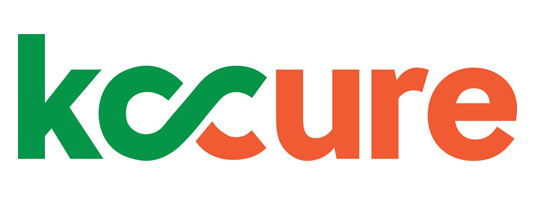One question that is routinely posted in our kidney cancer patient communities is: should I have a biopsy of my kidney tumor? The resounding chorus from others is almost always an emphatic: “NO! “it’s too dangerous” “you’ll spread the cancer.”
For more than two decades, the use of biopsy in managing renal cell carcinoma has been shifting dramatically. Advances in cytological techniques as well as increases in the number of unnecessary surgeries have expanded the role of renal mass biopsy. The myth that renal mass biopsy is dangerous has also largely been dispelled by multiple studies.[1]
Despite the fact that biopsy rates are increasing, that the procedure is known to be safe, and that it can result in a reduction in unnecessary surgeries, the shared view in patient communities remains resoundingly negative.
Why do we think that biopsy is so dangerous?
In short? Because we were told that by doctors. If you or a loved one was diagnosed with kidney cancer in the last few decades, you might have been told that renal biopsies are never done and/or are not safe.
The reality is that biopsy is done in kidney cancer – it’s just not always done. If a patient has a large tumor, imaging is generally sufficient to make a recommendation for surgery. It is not that it is dangerous to do a biopsy of the kidney, rather, it is just not necessary and there is no reason to put a patient through an additional invasive procedure.
When patients ask for a biopsy (because most people assume that cancer can only be diagnosed with a biopsy), it is not uncommon for a doctor to try to reassure the patient by saying something like, “we don’t do biopsies in kidney cancer.” To make a patient feel even better about the decision NOT to do a biopsy, they might add something like, “there is a risk of seeding the cancer.”
Using inflammatory words like this give the impression that somehow biopsy in the kidney is riskier than biopsy for other cancers. It is not.
What is tumor seeding?
If you’re like most people, when you hear the word tumor seeding, pictures of cancer spreading throughout the body faster than the needle can be removed flash before your eyes. It wasn’t until a few years ago that I learned that tract seeding is far less ominous.
Needle tract seeding occurs when malignant cells grow along the tract where the needle was removed. These seeded cells can be identified because they are lined along the tract where the biopsy occurred. When this happens (and it is incredibly rare) the cells are usually removed via surgery without additional complications.
What is the estimated risk of needle tract seeding?
Less than 0.01%. Tract seeding is incredibly rare and new advanced methods of doing biopsy make it even rarer. Modern medical centers use coaxial sheaths that help prevent malignant cells from being spread into the tract.[2]
Why might you need a biopsy for a kidney mass?
- If you have a small renal mass, a biopsy might help save your kidney. Many doctors will tell patients that they are 85% or 90% sure that the mass is cancerous by imaging alone. But for small renal masses, research has found that this level of certainty may be less than 60 percent. Every year, over 5,000 surgeries for renal masses performed in the U.S. end up being for benign tumors.
- A biopsy could determine that you have a subtype that might change the way that your tumor should be treated. Certain subtypes of kidney cancer can result in growth of additional small tumors in both kidneys. In these cases, the risk of losing kidney function might outweigh the much lower risk of metastasis. Knowing the subtype in advance might result in a specialist recommending active surveillance, ablation or some other technique aimed at saving kidney tissue.
- Not all renal masses are RCC. Sometimes they are metastatic disease from another primary cancer or another form of cancer such as a sarcoma. If a doctor suspects that a mass might be something other than RCC, biopsy might be recommended.
- If you are a candidate for ablation, biopsy is the only way to know the pathology of the mass. The American Urological Association guidelines recommend that patients undergoing ablation have a biopsy in advance to confirm the pathological diagnosis. [3]
Bottom line:
Ultimately, it’s imperative that doctors change the way they communicate with patients. Nonetheless, as good stewards of our communities, we can do our part to ensure newly diagnosed patients are getting the best and most up-to-date information.
The next time someone posts the question: “is it safe to get a biopsy” – before sharing your personal experience warning patients against biopsy – remember that medicine is a rapidly evolving and improving field and that for this patient, the case may be different. For them, a biopsy might just save their kidney!
[1] Role of Percutaneous Needle Biopsy for Renal Masses
[2]Tumor Seeding from a Percutaneous Renal Mass Biopsy
Additional resources:
Biopsy of Renal Masses. Still Controversial?









